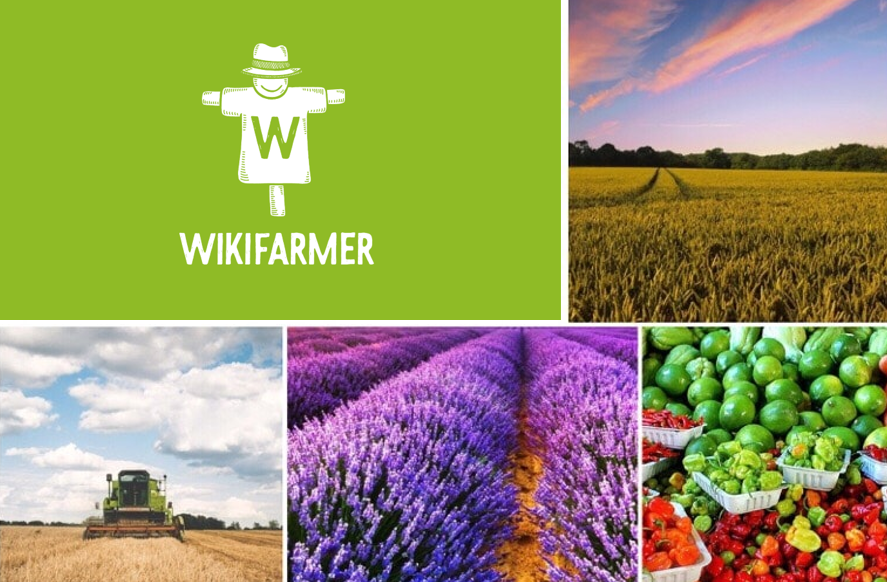Good Agricultural Practices – Summary

This post is also available in:
This post is also available in:
![]() Español (Spanish)
Español (Spanish) ![]() Français (French)
Français (French) ![]() Deutsch (German)
Deutsch (German) ![]() Nederlands (Dutch)
Nederlands (Dutch) ![]() हिन्दी (Hindi)
हिन्दी (Hindi) ![]() العربية (Arabic)
العربية (Arabic) ![]() Türkçe (Turkish)
Türkçe (Turkish) ![]() 简体中文 (Chinese (Simplified))
简体中文 (Chinese (Simplified)) ![]() Русский (Russian)
Русский (Russian) ![]() Italiano (Italian)
Italiano (Italian) ![]() Ελληνικά (Greek)
Ελληνικά (Greek) ![]() Português (Portuguese (Brazil))
Português (Portuguese (Brazil)) ![]() Indonesia (Indonesian)
Indonesia (Indonesian) ![]() 한국어 (Korean)
한국어 (Korean) ![]() polski (Polish)
polski (Polish)
Good Agricultural Practices (also known as GAP) are a series of methods that farmers have to apply in order to protect
- their own health and well-being
- the health and well-being of people who consume their products
- the environment
Standards may differ from one country to another due to different regulatory and legal frameworks, but the philosophy remains the same. The rules and principles of Good Agricultural Practices altogether create a mindset of prevention, rather than troubleshooting.
The implementation of Good Agricultural Practice will certainly lead to long term income increase for farmers and at the same time, will help us consume safer food of higher quality. Finally, environmental sustainability is enforced through the implementation of the basic principles of Good Agricultural Practices. Constant training and education are essential for farmers and all people involved in the supply chain of agricultural and non-agricultural products.
Implementation of GAP begins early in the field (crop and field selection), continues to production and handling, and ends with the landing of products to the consumer’s plate.
For further explanation and detailed local specifications of GAP, please consult your Local Authority (for instance Ministry of Agriculture)

For further explanation and detailed local specifications of GAP, please consult your Local Authority (for instance Ministry of Agriculture)
Good Agricultural Practices – Summary
Understanding the risks of contamination








































































